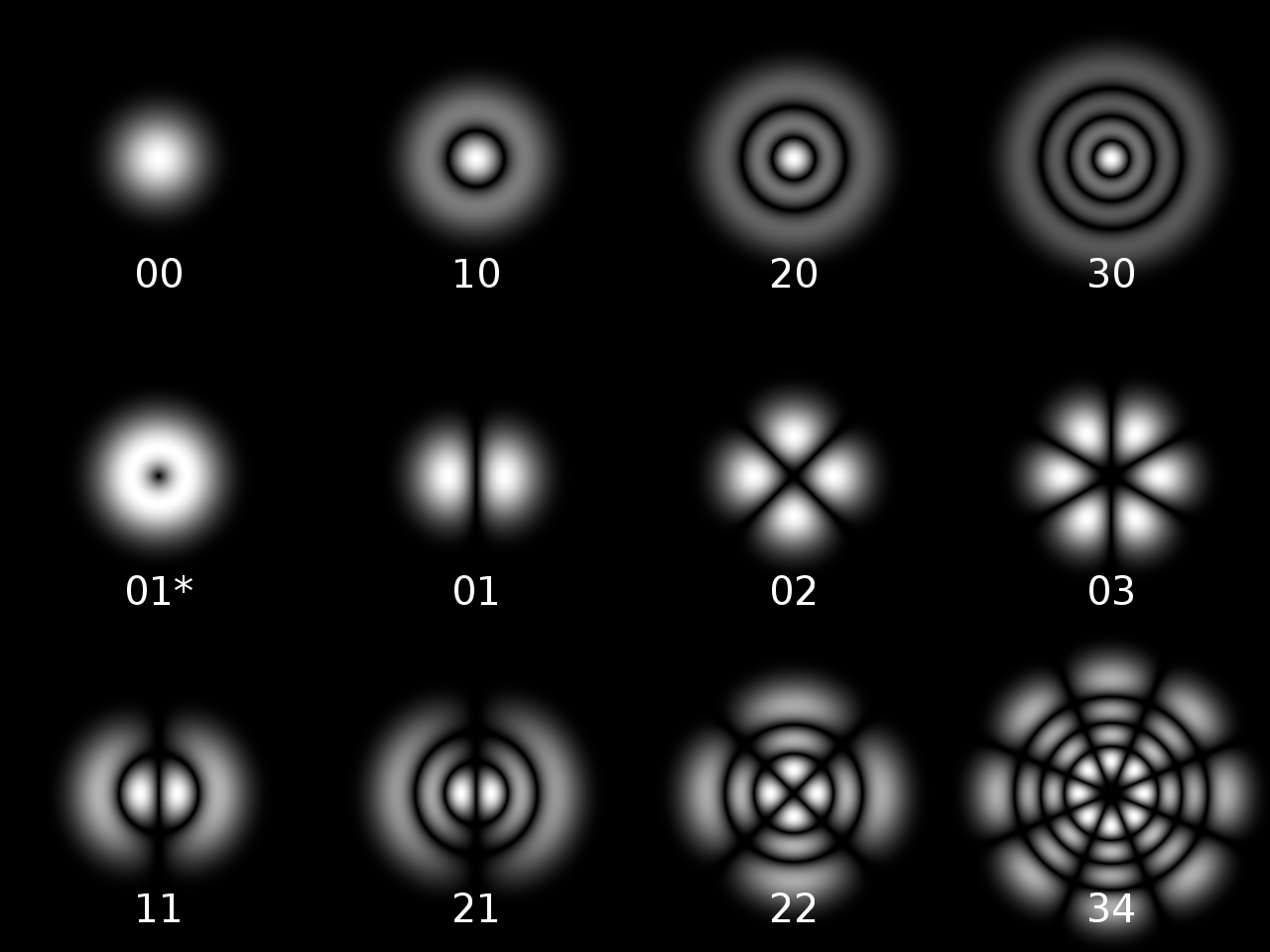gozert
0
- Joined
- Nov 18, 2014
- Messages
- 1,076
- Points
- 63
I've been reading a bit on Wikipedia about the transverse modes on lasers, and have some questions.
So, I've read about there being cylindrical and rectangular transverse modes. I think I know what the difference between the two is, but I don't know which mode applies to a certain kind of laser.
For example, do you get a rectangular transverse mode with a 445nm rectangular beam, or doesn't that have anything to do with it?
Could anyone explain this to me?
So, I've read about there being cylindrical and rectangular transverse modes. I think I know what the difference between the two is, but I don't know which mode applies to a certain kind of laser.
For example, do you get a rectangular transverse mode with a 445nm rectangular beam, or doesn't that have anything to do with it?
Could anyone explain this to me?








